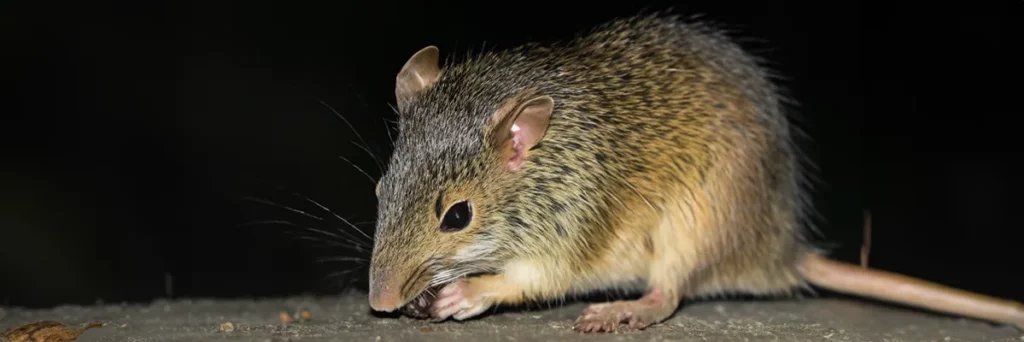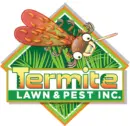How Insects Inspired DST and Its Effect on Pests

It’s been a week since the start of DST. Yet, many people are still unaware of its roots and long-term effects. “Spring forward” is much more than just a change in our internal clock. Have you ever thought about its impact on pests (and vice versa)?
Like humans, pests are creatures of the sun. The time of day and night often determine their behavior. With no alarm clock, they follow the natural rhythms of their environment.
Did you know that the origins of DST are actually entomological?

George Hudson was an entomologist from New Zealand. He gained his fame through several books he published from 1892 to 1950. These books contain over 2,500 color images of butterflies and moths and a devotion to aquatic insects and beetles.
Hudson, an obsessed insect hunter, wanted more time to go bug hunting. So, he proposed that clocks be adjusted to allow more hours of daylight. However, his proposal was met with criticism from New Zealand’s Royal Society, who said it was too complicated.
However, the idea of Daylight Saving Time would finally find its footing in 1916 when the German government implemented the tradition during World War I as a means to conserve energy.
So, what may have started out as a bug collector’s hobby has now become a part of our everyday lives.
How The Time Change Affects Pests
Warmer temperatures and longer hours of daylight mean more insect activity. Since insects are ectothermic, they depend on temperature for survival. In the spring, they come out of winter hibernation looking for food and warmth. This is when the switch to Daylight Saving Time takes place.

When temperatures rise and humidity levels rise in the spring, termites also begin to swarm. These reproductive termites, known as swarmers, fly out of established colonies looking for mates and new territory to establish their colonies. Termites are attracted to light, warmth, and moisture. Therefore, spring evenings (particularly during DST) are prime time for them to emerge. Other environmental cues, such as rain or temperature changes, also cause termites to swarm, indicating the ideal time for termite reproduction and expansion.
When termites swarm during DST, it can be difficult for homeowners to keep track of them. With longer daylight hours, it’s more likely that they’ll see a swarm of termites around their property at night, especially when the swarmers are at their most active. The extended daylight can also make homeowners feel more confident, which can lead to them overlooking signs of infestation or confusing them with other flying insects that attract light.

Unlike insects, rodents (rats and mice), spend most of their time in the dark. With the advent of Daylight Saving Time, our changing routines give rodents more opportunities to forage.
Enjoy Summer Without Interruptions
As we enjoy the long days of summer, don’t let these pesky pests get in the way of your favorite outdoor activities. Termite Lawn and Pest provides customized solutions for all pest issues. Whether you need preventative or responsive pest control, our technicians provide effective solutions.
With our pest control services, you’ll be able to enjoy the beauty of nature without having to worry about pesky bugs or wildlife making their way into your home. Contact us today for a tailored pest control solution for your home or business and gain some peace of mind.
